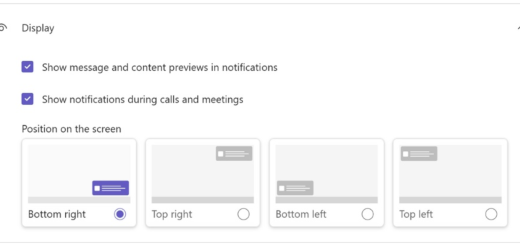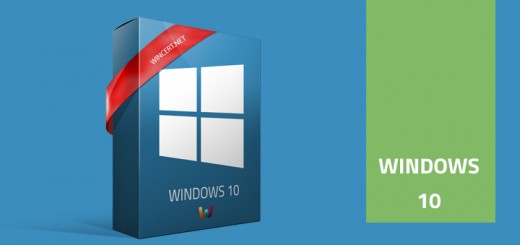Hackers use PDFs as hidden traps
On hidden forums of the dark web, a new product is being marketed not to businesses, but to criminals. It’s called MatrixPDF, and it promises buyers something no company would ever advertise openly: PDFs that bite back.

Instead of harmless files, MatrixPDF lets attackers create interactive traps. A few clicks and the tool can hide blurred text, plant fake “secure document” warnings, and, most importantly, slip in JavaScript code that launches the victim straight into a phishing site. From the outside, it looks like a regular document. Inside, it behaves more like a Trojan horse.
What makes MatrixPDF stand out isn’t just its tricks, but its polish. It offers drag-and-drop imports, real-time previews, and shiny overlays that make the fake files look professional. It even mimics system pop-ups to add a sense of urgency. In the wrong hands, this isn’t training software; it’s actually a bait.
Security researchers say the best defense remains simple: don’t trust unexpected attachments, disable JavaScript in PDF readers, and keep your tools updated. After all, a PDF shouldn’t ask you to press buttons or unlock hidden text. If it does, it’s probably not a document at all; it’s a lure for careless users.













